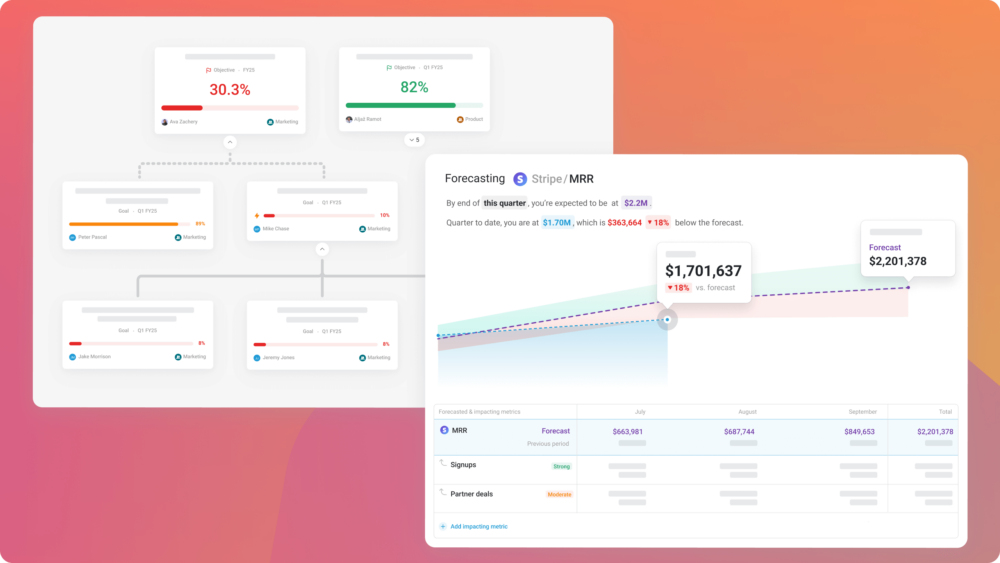Table of contents
We have been working hard this year on one of our most requested updates, custom date ranges across many of our most popular integrations. You can use custom date ranges (CDR) in Databox to track your performance over a specific time period by simply selecting a start and end date.
We’re happy to announce another major update to one of our newest integrations, Google Sheets, and for those that haven’t hooked up Google Sheets with Databox yet, here’s a refresher on how it all works.
Why Custom Date Ranges for Google Sheets?
It may seem surprising that people would request custom date ranges for Google Sheets. After all, you set the data to be collected and displayed in Databox metrics from one or more sheets you have created, which means you have complete control over the date ranges already, right?
Well, kinda.
Many people use Google Sheets to collect data from a variety of other sources, including marketing, sales, customer support, financial, operations systems, and more, in order to view and analyze data across multiple departments by combining the data in overview reports and dashboards so it is important for them to be able to adjust desired display dates directly in the dashboards.
In addition, Databox enables you to connect your Google spreadsheets so you can visualize rows and cells of data and pull insights in a way you never could before. Using different Visualization Types allows anyone on your team, regardless of their level of spreadsheet mastery, to create helpful visualizations of performance quickly and now with the CDR enabled you can adjust the date for each visualized metric.
How to Set Up Custom Date Ranges in Google Sheets Dashboards
If you haven’t yet used Google Sheets data in a dashboard, here’s a great resource to help you connect and check out all the possibilities.
Now, in case you have not had the chance to use Custom Date Ranges in Databox, here’s another great resource that will help you understand the value of CDR and how it can help improve your reporting.
Need some help setting up your Google Sheet Dashboard? We can help you with that!
Start Tracking using Google Sheets in Databox
The Google Sheets integration is available with all plans that include our Query Builder functionality.
If your plan has access to Query Builder, you can log in and start using the Google Sheets integration,
If you are using a free plan request a trial of Query Builder.
New to Databox? You can create a free account here.













